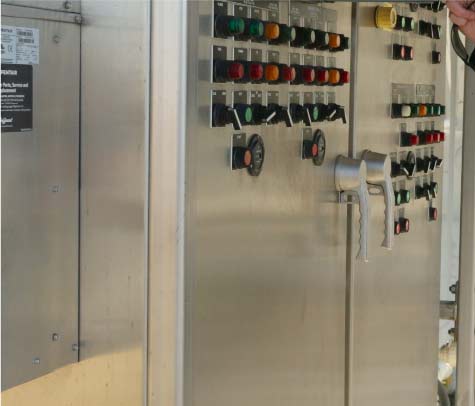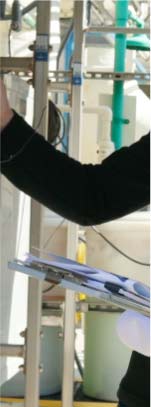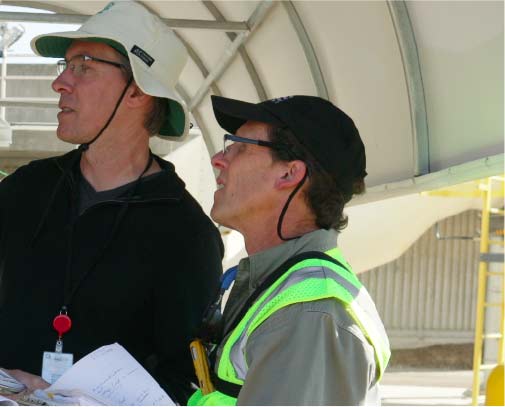The Air District stood strong against the Trump administration’s attempts to roll back California’s auto emissions standards and the subsequent retaliatory action to revoke transportation funding.
Due to high smog pollution, in combination with regional terrain that exacerbates pollution build-up, a waiver was established as part of the 1970 Clean Air Act that allowed California to set its own auto emissions standards, which has enabled the state to greatly reduce pollution levels and improve public health.
“As President Trump visits California, he will see and enjoy the results of decades of hard work and progress in the ongoing effort to improve air quality in a state once blanketed in a suffocating brown haze. Rolling back emissions standards that California has successfully used as a tool to clear smoggy skies and improve the lives of millions of Californians makes no sense from a health or policy perspective – and, according to auto manufacturers, makes no sense from a business perspective either....
That is why the Air District unequivocally supports the State of California’s fight to defend our clean car standards and protect the quality of life of all Californians.”
Jack P. Broadbent
Executive Officer, 09/18/2019
AB 617
AB 617 requires expedited implementation of Best Available Retrofit Control Technology, or BARCT, at industrial Cap-and-Trade facilities.
AB 617 Expedited BARCT Implementation Schedule
AB 617 requires air districts to review the emissions control technology installed on pollution sources located at industrial facilities subject to the Cap-and-Trade program. The Air District has identified 19 of these industrial facilities in the Bay Area, encompassing over 1,800 sources. The Air District has identified source categories for which BARCT is not in place and has created a list of six rule development projects to consider for implementation that will address emissions of PM, NOx, ROG and SO2 that include updates to Rule 6-5: Fluidized Catalytic Cracking Units and Rule 8-5: Organic Liquid Storage Tanks.

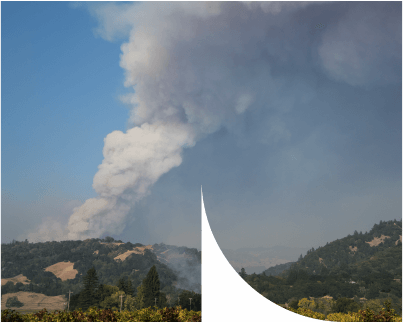
wildfire air quality
response program
The Air District is an important resource for residents, particularly during high pollution events such as the 2018 Camp Fire when District websites received over 5.6 million page views — a nearly 4,000 percent increase in traffic.
As part of the Wildfire Air Quality Response Program the Air District developed Wildfire Smoke Preparedness Tips in collaboration with the Association of Bay Area Health Officers, San Francisco Department of Emergency Management, and Bay Area Urban Areas Security Initiative to inform the public on health-protective measures to implement for wildfire smoke events. To help inform the Program, the Air District collaborated with NASA’s Health and Air Quality Applied Science Team to estimate the health impacts of smoke from the October 2017 wildfires.


PARTICULATE MATTER RULE AMENDMENTS
The Air District adopted two rule amendments, Regulation 5: Open Burning and Regulation 6: Particulate Matter and Visible Emissions, Rule 3: Wood Burning Devices, that are an integral part of the Air District’s Wildfire Air Quality Response Program. The amendments strengthen health-protective measures during wildfire smoke events by banning wood burning year-round when particulate matter is forecast to reach unhealthy level.
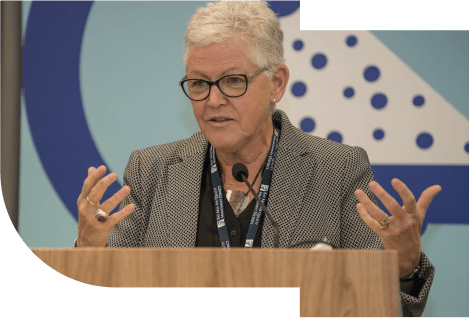
PARTICULATE MATTER CONFERENCE SERIES
In October 2019, the Air District’s Advisory Council convened the Particulate Matter: Spotlight on Health Protection Conference, the first event of a four-part series featuring keynote speaker Harvard professor and former EPA Administrator Gina McCarthy. The goal of the series is to facilitate a discussion among nationally recognized scientists, stakeholders and the Air District to identify the most effective measures to further protect public health and share information and tools to inform future policy decisions.
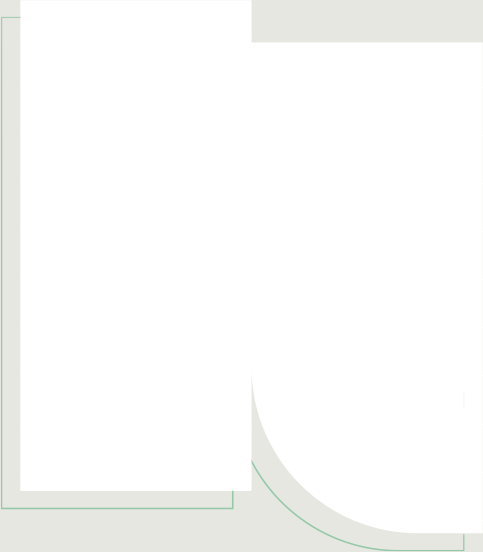
GHG REDUCTIONS IN BUILDINGS
In 2019, the Air District kicked off a partnership with the Building Decarbonization Coalition (BDC) to move Bay Area buildings off natural gas in order to reduce methane emissions – a potent greenhouse gas.
Through this partnership, the Air District and BDC are creating a comprehensive online resource hub for local governments to accelerate local policy adoption.
Through a Climate Protection Grant, the Air District is supporting the San Francisco Keep It Tuned program, which provides incentive funding and training to small neighborhood markets to increase efficiency and decrease leaks from their refrigeration systems.
This program improves the economic viability of small businesses and reduces fluorinated gases, which are very potent greenhouse gases.

CLIMATE POLLUTION
REGULATIONS WORKSHOPS
The Air District held a series of public workshops on new efforts to mitigate emissions of climate pollutants and volatile organic compounds from organic materials in the Bay Area, including from organic materials handling, compost operations, landfills, anaerobic digestion facilities and wastewater treatment plants. It also includes a rule focused on methane emissions from hydrogen production. The new rules and amendments are part of the Air District’s Basin-Wide Methane Strategy as outlined in the 2017 Clean Air Plan.
Spare the
Air Program
The Spare the Air Program continued to educate Bay Area residents on clean commute options like carpooling, transit, biking, walking and telecommuting. Spare the Air staffed outreach booths at 140 events throughout the Bay Area in 2019 and expanded the Spare the Air Alert notification list by nearly 18,000 new subscribers.
A new Spare the Air website was launched this past year, enabling more user-friendly access to alert information, commute tips, pollutant health effects and more.

Refreshed Pollutant Data
Visualization Tool
The Air District launched a new mobile-friendly web application showing current and historical air quality and meteorological information based on measurements taken at stations in the Air District’s air quality data network. The improved easy-to-use interface allows users to view specific pollutants and air monitoring stations to see each pollutant level within an hourly, weekly or monthly timeframe displayed as concentration levels or air quality index values.


375 Beale Street, Suite 600
San Francisco, CA 94105
415.749.5000 | 1.800.HELP AIR
ACCESSIBILITY
TERMS OF USE
PRIVACY POLICY


